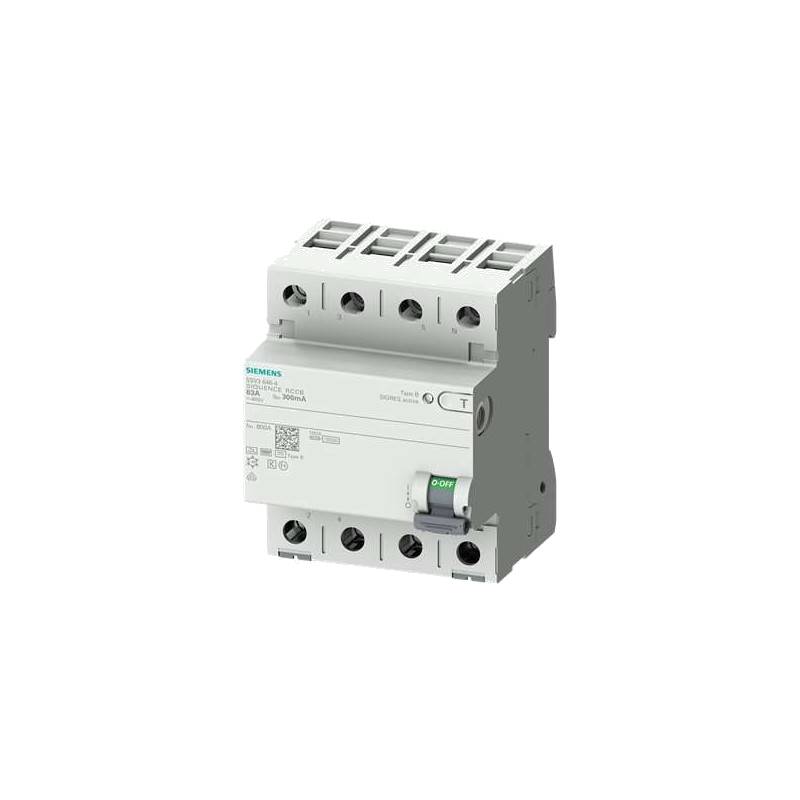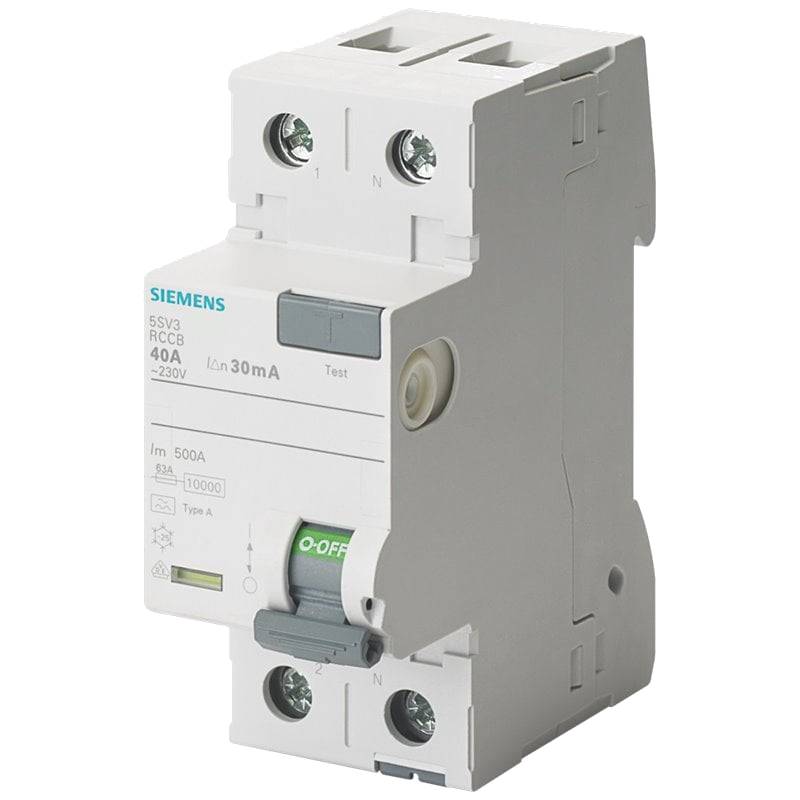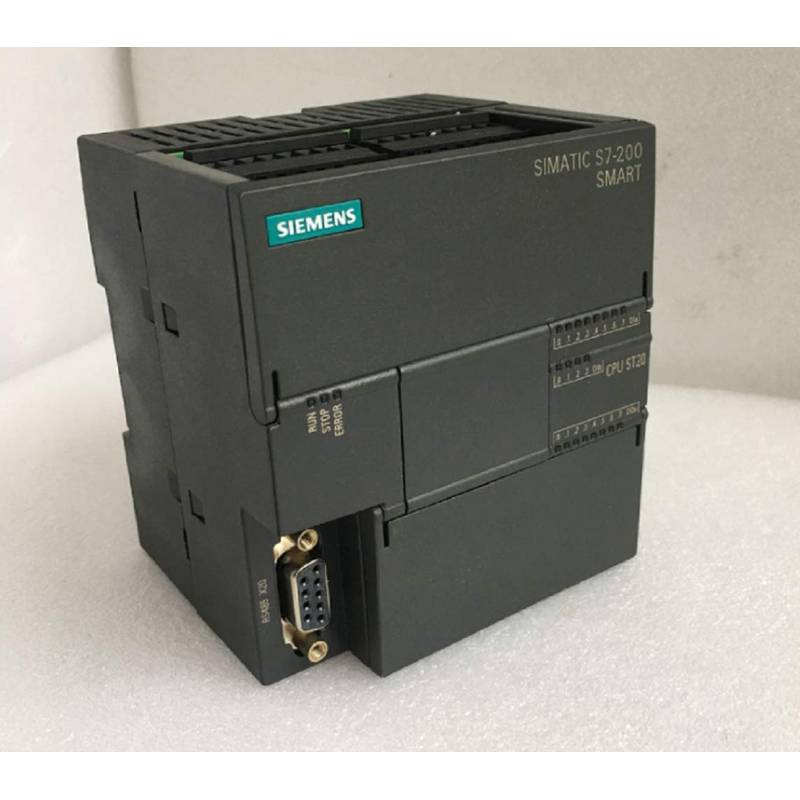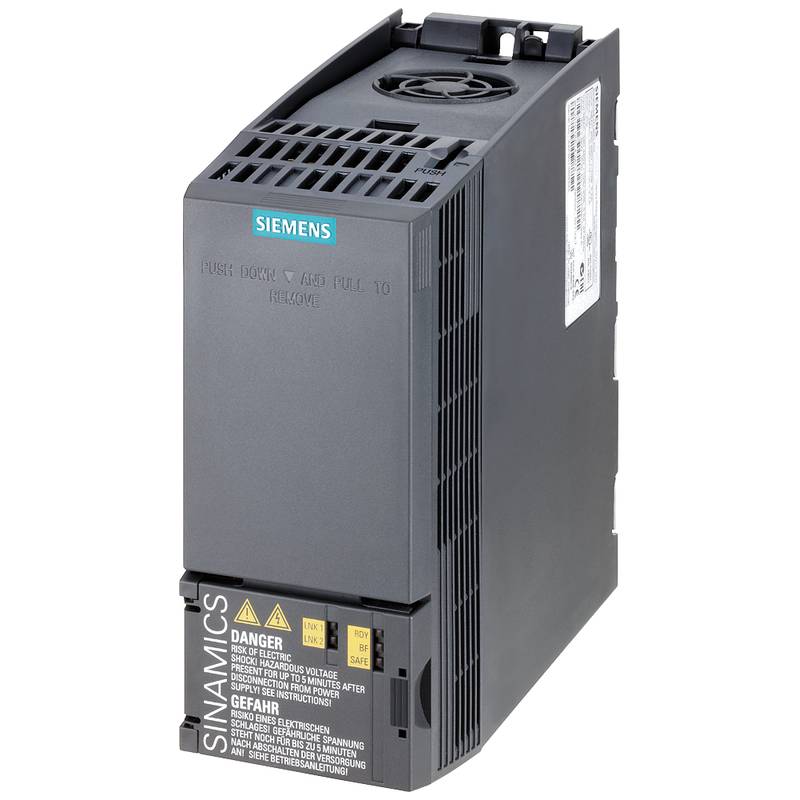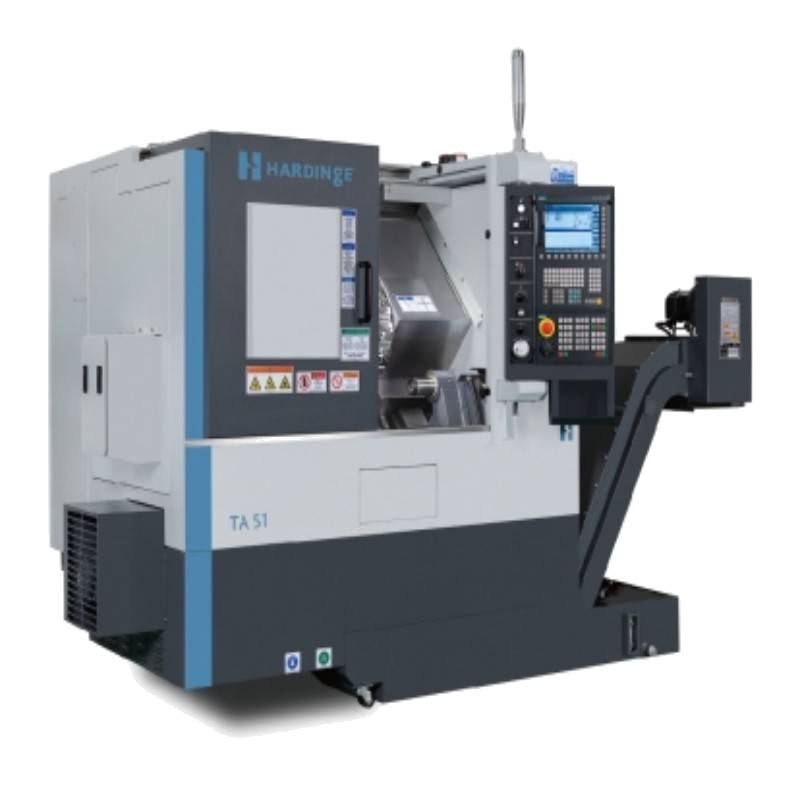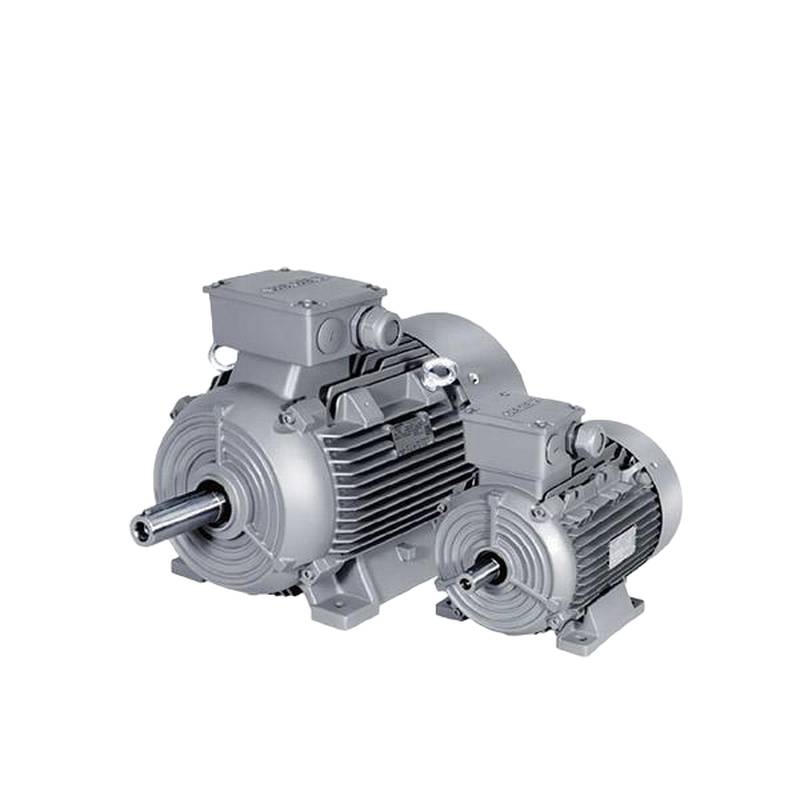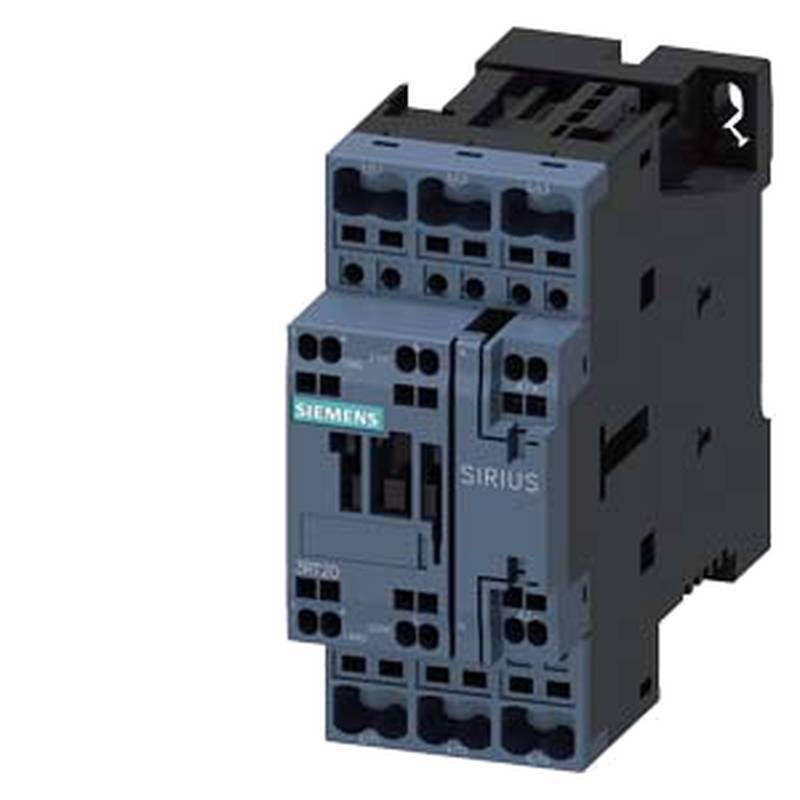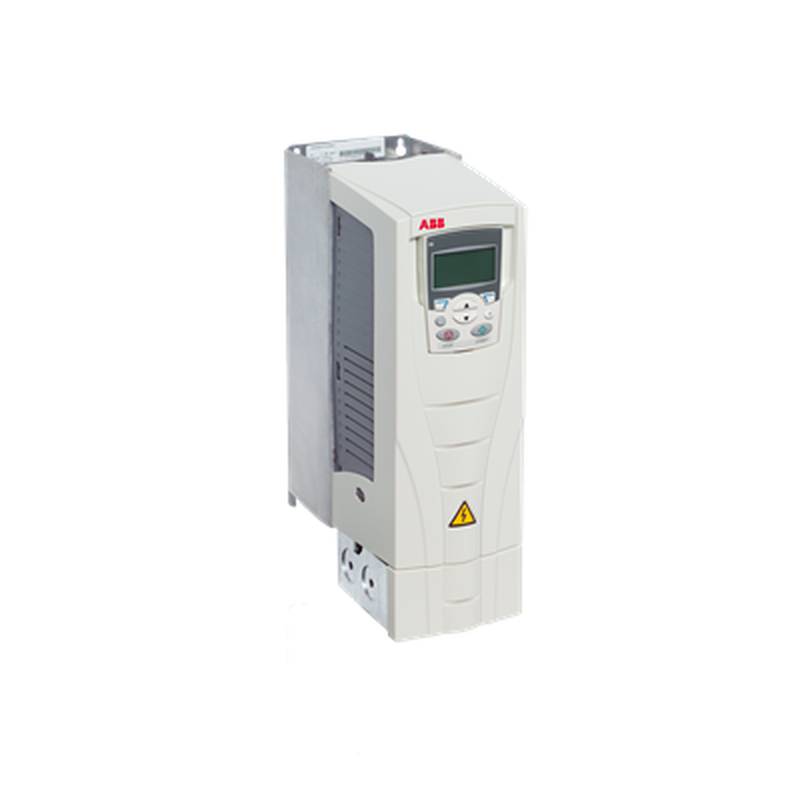
The Delta ECM-E3M-C20602RSE E3 Medium Inertia Servo System is engineered for demanding industrial automation tasks requiring precision, speed, and reliability. This system offers a compelling blend of high performance and robust design, making it a preferred choice for applications where accuracy is paramount. Key advantages include its advanced control algorithms for superior motion profiling, a compact footprint for space-constrained installations, and excellent energy efficiency. The core technical specifications highlight its capabilities: a rated output of 2.0 kW, a continuous stall torque of 9.55 Nm, and a peak stall torque of 28.65 Nm, all within a voltage range of 200-230V AC. Its medium inertia design strikes an optimal balance, providing sufficient torque for dynamic movements without the excessive weight or space requirements of higher inertia systems.
| Parameter | Value |
| :------------------ | :----------------------------------- |
| Model | ECM-E3M-C20602RSE |
| Series | E3 Medium Inertia Servo System |
| Rated Output | 2.0 kW |
| Continuous Stall Torque | 9.55 Nm |
| Peak Stall Torque | 28.65 Nm |
| Voltage | 200-230V AC |
| Motor Type | Medium Inertia Servo Motor |
| Encoder Resolution | 17-bit (Standard) |
| Protection Rating | IP65 |
| Brake | Integrated Holding Brake (Optional) |
| Communication | EtherNet/IP, CANopen (Optional) |
Core Features & Market Positioning
The Delta ECM-E3M-C20602RSE stands out in the competitive servo market due to its sophisticated motion control capabilities, which include advanced position, velocity, and torque control modes, enabling highly precise automation. Its market positioning is solidified by its robust construction and IP65 protection rating, ensuring reliable operation even in harsh industrial environments. The 17-bit encoder offers exceptional positional accuracy, crucial for intricate manufacturing processes. Furthermore, the optional integrated holding brake enhances safety and control in vertical axis applications or during power loss scenarios, distinguishing it from simpler servo solutions. This focus on precision, durability, and versatile functionality makes it a strong contender for applications demanding high-performance motion control.
Key Application Scenarios
This servo system is ideally suited for a wide array of industrial automation applications where precise and dynamic motion is critical. Common use cases include high-speed pick-and-place machines in electronics manufacturing, automated assembly lines requiring intricate movements, packaging machinery for accurate product handling and sealing, and CNC machining centers demanding exceptional repeatability and surface finish. Its medium inertia characteristics are particularly advantageous for applications that require rapid acceleration and deceleration profiles, such as robotic arms in logistics and material handling, as well as automated guided vehicles (AGVs) navigating complex pathways. The system's adaptability also makes it suitable for printing and textile machinery where synchronized, high-speed operations are essential.
Practical System Integration Guidance
Integrating the Delta ECM-E3M-C20602RSE servo system involves careful consideration of power, control, and communication interfaces. The system requires a stable 200-230V AC power supply, and proper grounding is essential for signal integrity and safety. Motor and encoder wiring should be performed using shielded cables to minimize electromagnetic interference, especially in noisy industrial settings. For control, the servo drive is typically connected to a PLC or motion controller via digital I/O or a fieldbus communication protocol like EtherNet/IP or CANopen, if selected. Delta's proprietary configuration software, such as Delta's ASD Software, is instrumental for setting servo parameters, tuning the control loop, and establishing motion profiles. Initial commissioning usually involves a motor auto-tuning process to optimize performance based on the connected motor's inertia.
Operation and Risk Mitigation
Safe and efficient operation of the Delta ECM-E3M-C20602RSE servo system hinges on adherence to operational guidelines and proactive risk mitigation. Always ensure that the system is powered down and appropriately locked out before performing any maintenance or wiring changes. The servo drive incorporates various protection mechanisms, including overcurrent, overvoltage, undervoltage, and thermal overload protection, which will trigger fault codes if limits are exceeded. Common troubleshooting involves checking power supply stability, verifying all connections, and ensuring that the motor's inertia is within the drive's specified limits for the selected control mode. Referencing the user manual for specific fault code interpretations (e.g., F01 for overcurrent, F03 for overvoltage) is crucial for rapid diagnostics and recovery.
Scalability & Long-Term Value
The Delta ECM-E3M-C20602RSE servo system offers robust scalability and long-term value through its compatibility with Delta's broader automation ecosystem and support for industry-standard communication protocols. Its modular design allows for easy integration into larger automation architectures, enabling expansion of capabilities as production demands evolve. For businesses adopting Industry 4.0 principles, the optional EtherNet/IP or CANopen interfaces facilitate seamless connection to IIoT platforms and centralized control systems, enabling advanced data acquisition, remote monitoring, and predictive maintenance strategies. This forward-looking design ensures that the investment in this servo system provides a foundation for future technological advancements and operational efficiencies, maintaining its relevance and utility over its lifecycle.
Frequently Asked Questions (FAQs)
Q1: What is the maximum operating speed for the Delta ECM-E3M-C20602RSE?
The maximum operating speed is primarily determined by the motor's winding and the load inertia. While the servo system is designed for high-speed applications, practical limits are dictated by the torque available at the desired speed. It is essential to consult the motor's speed-torque curve to ensure sufficient torque margin.
The system is capable of dynamic, high-frequency responses suitable for rapid acceleration and deceleration cycles. Specific speed parameters are configured within the servo drive's software based on application requirements and system dynamics.
Users should perform a thorough inertia matching calculation and servo tuning to achieve optimal and safe high-speed operation without compromising system stability or component longevity.
Q2: How do I connect the Delta ECM-E3M-C20602RSE to a PLC?
Connection to a PLC typically involves digital I/O for basic control or a fieldbus for advanced communication. For digital I/O, connect pulse and direction signals for positioning, and discrete inputs/outputs for enable, home, and limit signals.
If using fieldbus communication like EtherNet/IP or CANopen, a compatible network interface module on the PLC is required. This allows for high-speed data exchange, including position commands, feedback, status, and diagnostics.
Referencing the servo drive's communication manual and the PLC's programming guidelines is critical for correct wiring, configuration, and data mapping to ensure seamless integration and robust control.
Q3: What type of encoder does the Delta ECM-E3M-C20602RSE servo system use?
The Delta ECM-E3M-C20602RSE servo system utilizes a high-resolution 17-bit absolute encoder as standard. This encoder provides excellent positional accuracy and feedback, crucial for precise motion control and eliminating the need for homing routines upon startup.
This encoder type ensures that the motor's absolute position is known even after power cycles, contributing to faster setup times and improved overall system performance. It offers a high degree of resolution for fine-tuned movements.
The 17-bit resolution translates to a very large number of possible positions per revolution, enabling highly accurate and smooth motion profiles demanded by advanced automation tasks.
Q4: Can the Delta ECM-E3M-C20602RSE be used in a washdown environment?
The standard Delta ECM-E3M-C20602RSE servo motor is rated with an IP65 protection class. This rating signifies that the motor is dust-tight and protected against low-pressure water jets from any direction.
While IP65 offers good protection against incidental water splashes or dust ingress, it is not designed for complete submersion or high-pressure washdown applications. Specific precautions must be taken during cleaning.
For applications requiring higher washdown resistance, alternative sealing solutions or specialized servo motors with higher IP ratings (e.g., IP67 or IP69K) should be considered, though this specific model may not be directly suitable without modifications.
Q5: What are the advantages of medium inertia in this servo system?
Medium inertia servo systems, like the ECM-E3M-C20602RSE, strike an excellent balance between responsiveness and torque output for dynamic applications. They are less prone to vibration than low-inertia motors under load and require less power than high-inertia motors for acceleration.
This design is ideal for applications demanding quick acceleration and deceleration cycles without requiring the extremely high peak torques of very high-inertia systems. It allows for efficient energy usage and smaller drive sizing in many scenarios.
The medium inertia characteristic makes it highly versatile, suitable for a broad range of automation tasks including robotics, packaging, and machine tools where a compromise between speed and torque is beneficial.
Q6: How do I perform motor tuning on the Delta ECM-E3M-C20602RSE?
Motor tuning is a critical step to optimize the servo system's performance for the specific application and connected load. Delta provides software tools, such as the ASD Software, which facilitate this process.
The tuning process typically involves an auto-tuning function where the drive analyzes the motor and load characteristics to automatically set control loop gains. Manual tuning options are also available for advanced users to fine-tune parameters like P, I, and D gains.
Proper tuning ensures smooth operation, minimizes vibration, improves settling time, and maximizes the system's ability to follow motion commands accurately, thereby enhancing overall productivity and product quality.
Q7: What safety features are integrated into the Delta ECM-E3M-C20602RSE?
The Delta ECM-E3M-C20602RSE servo drive incorporates essential safety features, including overcurrent, overvoltage, undervoltage, and thermal protection for the motor and drive. These protections prevent damage from electrical anomalies and overheating.
An optional integrated holding brake in the motor provides mechanical safety by preventing unintended movement when power is removed, which is crucial for vertical axis applications or emergency stops.
While these built-in features enhance safety, they must be complemented by a comprehensive machine safety design, including emergency stop circuits, safety interlocks, and adherence to relevant safety standards for the specific application.
Q8: What communication protocols does this servo system support?
The Delta ECM-E3M-C20602RSE servo system supports common industrial communication protocols, offering flexibility in integration. As standard, it may offer digital I/O and pulse train interfaces for basic control.
For more advanced integration, optional communication modules enable support for popular fieldbus networks such as EtherNet/IP and CANopen. These protocols facilitate high-speed, deterministic communication for complex automation systems.
The choice of communication protocol depends on the host controller (PLC, motion controller) and the required level of data exchange and synchronization between the servo drive and the overall automation system.
Q9: What are the typical fault codes for the Delta ECM-E3M-C20602RSE and how are they resolved?
Common fault codes include F01 for Overcurrent, F03 for Overvoltage, and F04 for Undervoltage. Other codes might relate to motor overload (F06) or encoder errors (F08). Resolving these typically involves checking the power supply stability and ensuring it is within the drive's operating range.
For mechanical faults, such as a motor overload, investigate potential binding in the driven mechanism or if the load inertia exceeds the system's capabilities. Encoder errors often require checking the encoder cable connection for secure seating and integrity.
Always refer to the specific user manual for a complete list of fault codes and detailed troubleshooting steps. Proper diagnostics and adherence to the manual's guidance are key to quickly rectifying issues and minimizing downtime.
Q10: How does the E3 Series compare to other Delta servo series?
The E3 Series, including the ECM-E3M-C20602RSE, is positioned as a robust and versatile medium-inertia solution, offering a balance of performance and cost-effectiveness. It generally provides higher torque density and better dynamic response compared to lower-end Delta series.
Compared to higher-end Delta series, the E3 might offer slightly less advanced features or specialized control algorithms. However, it excels in applications requiring reliable, precise motion control without the need for the most cutting-edge, specialized capabilities.
Delta's broader range, from ASDA-A2 to the latest offerings, caters to a spectrum of industrial needs. The E3 series occupies a sweet spot for many standard to moderately complex automation tasks requiring a dependable medium-inertia servo system.
















